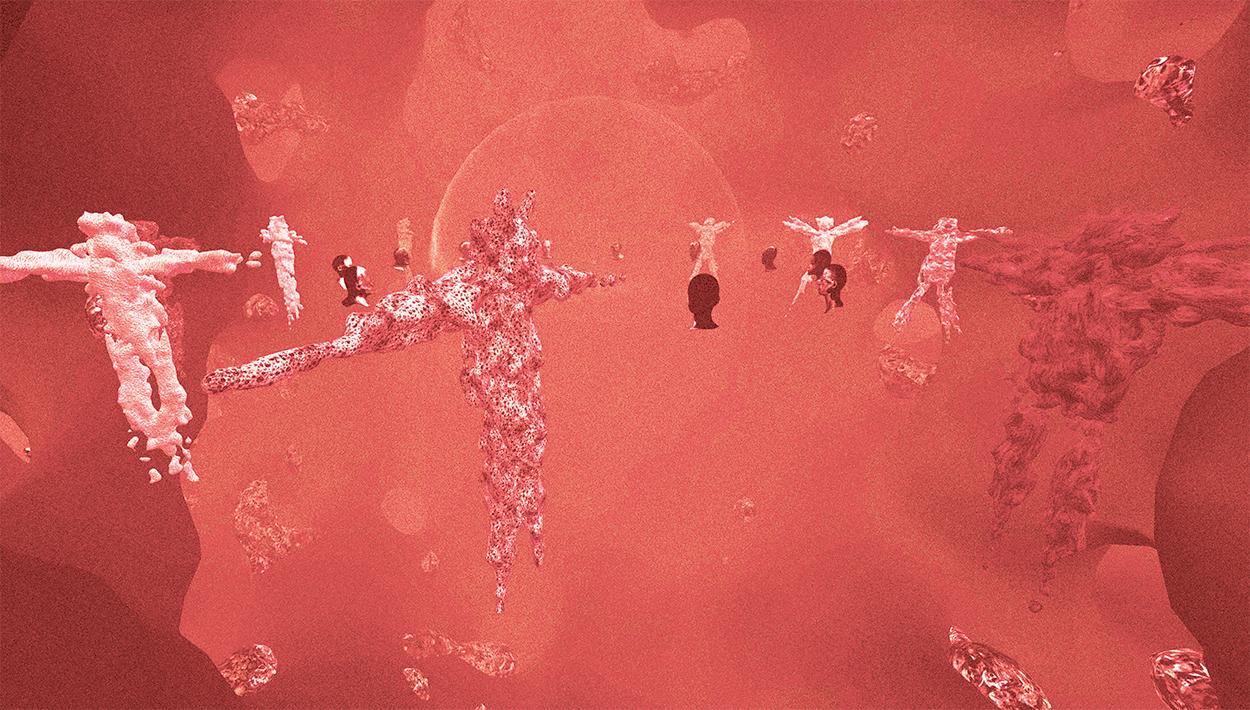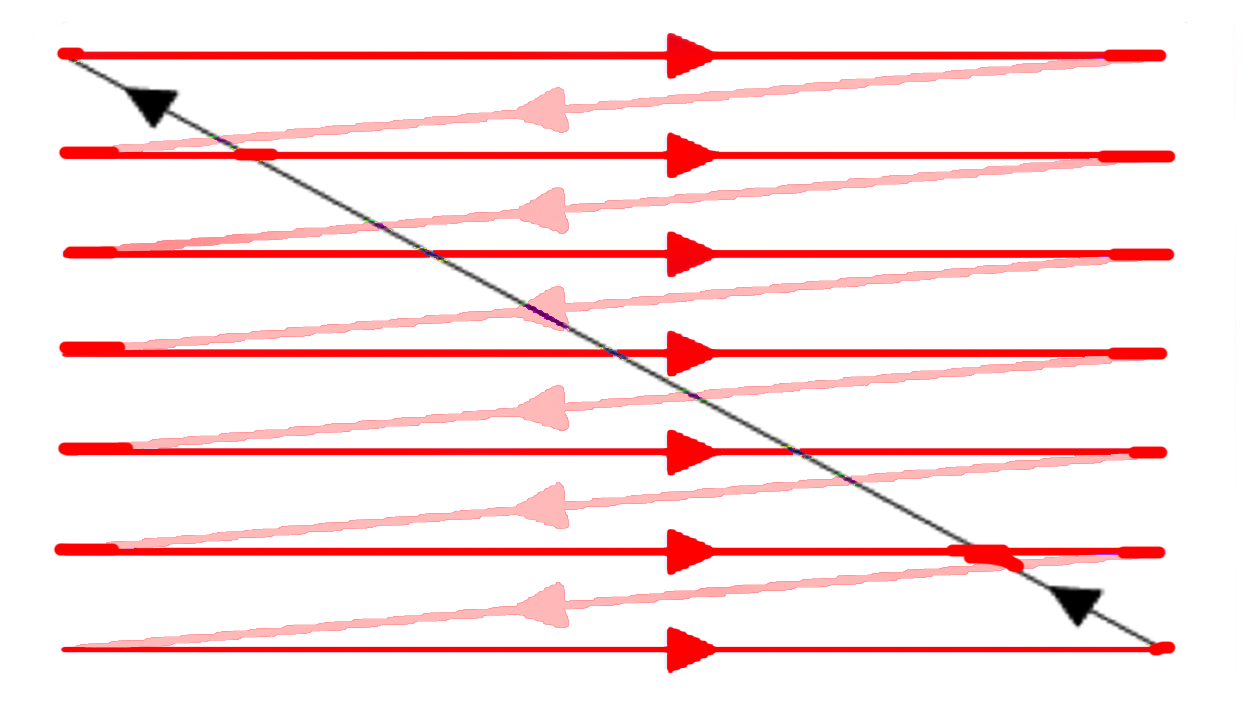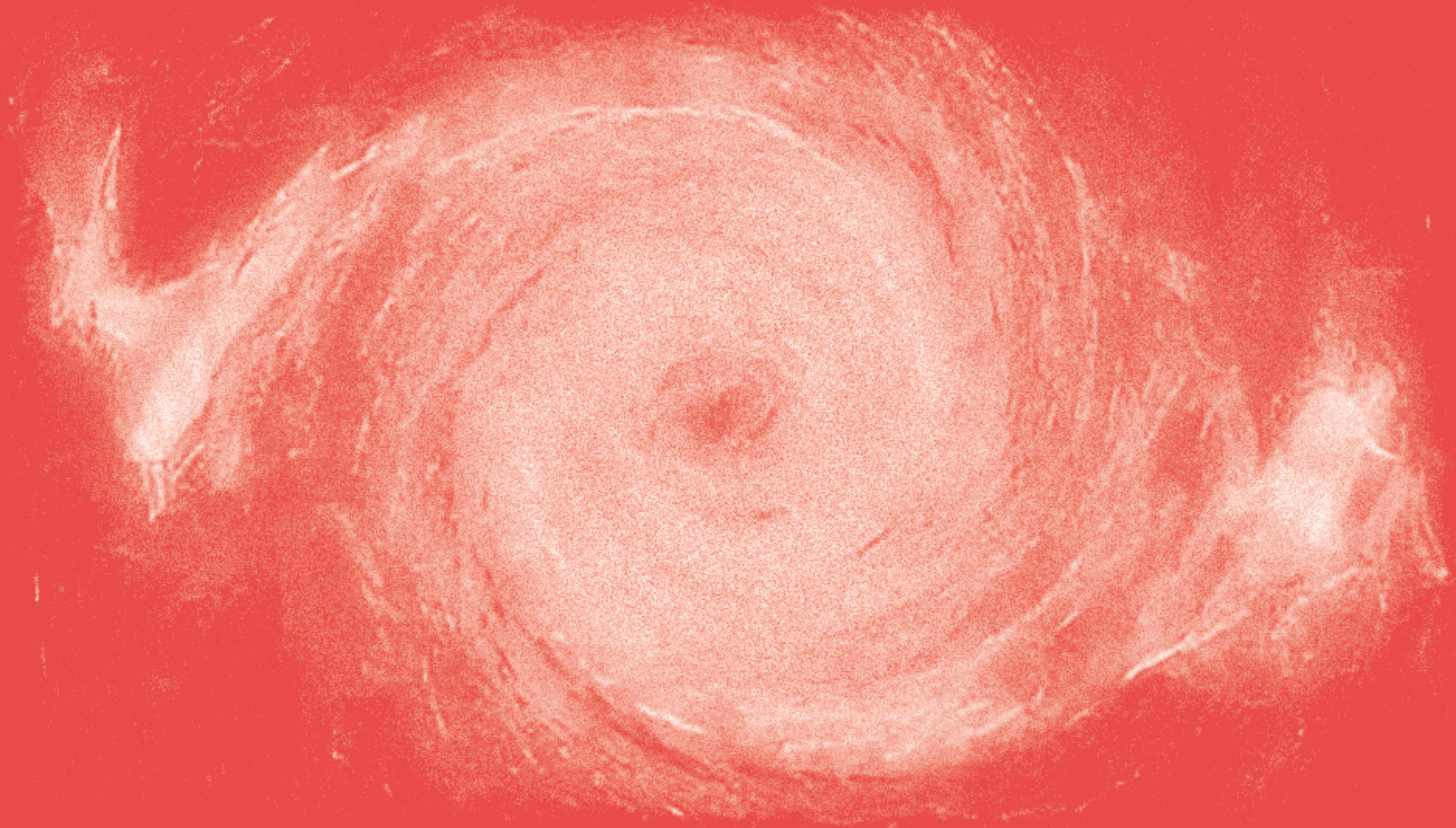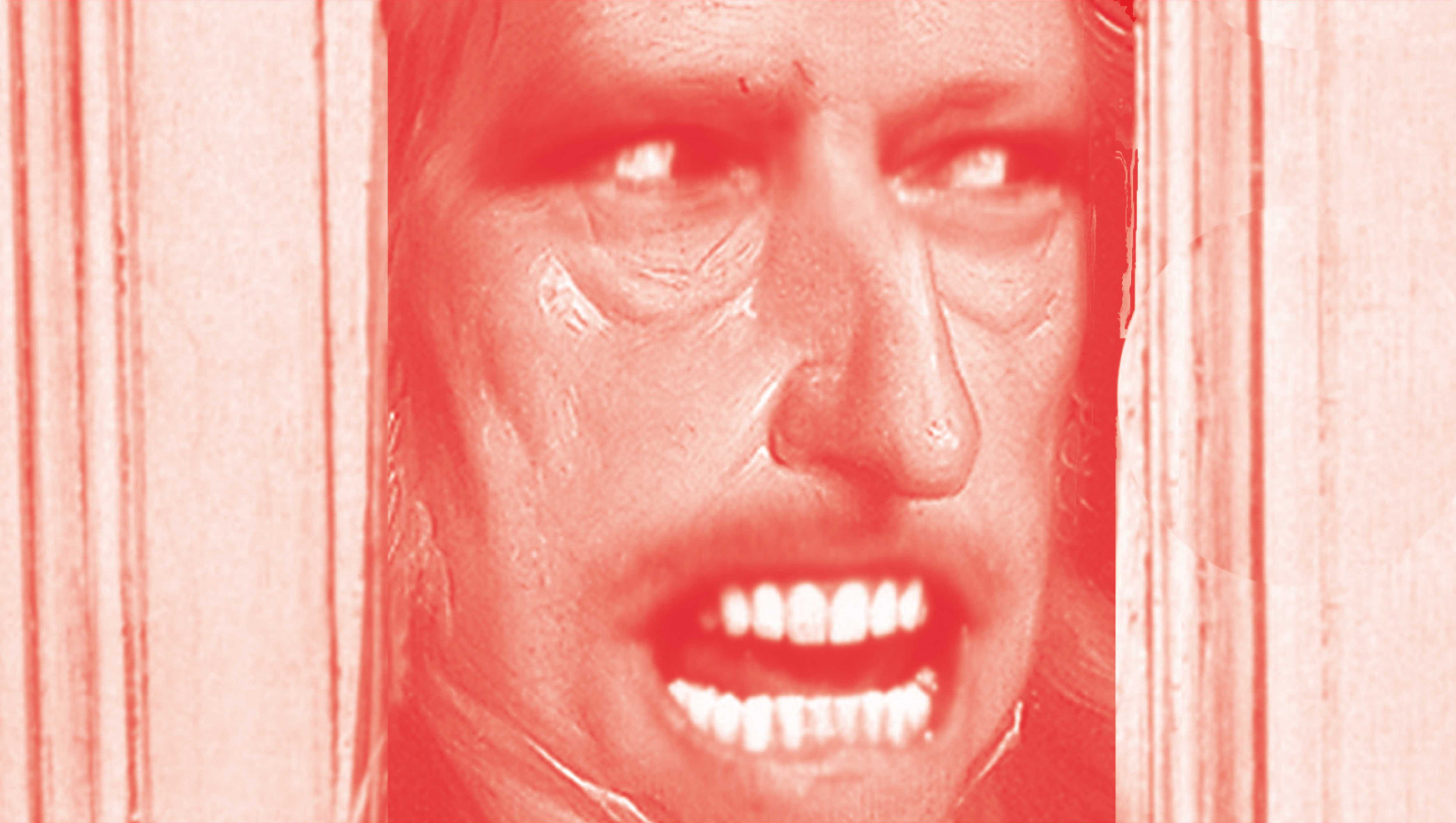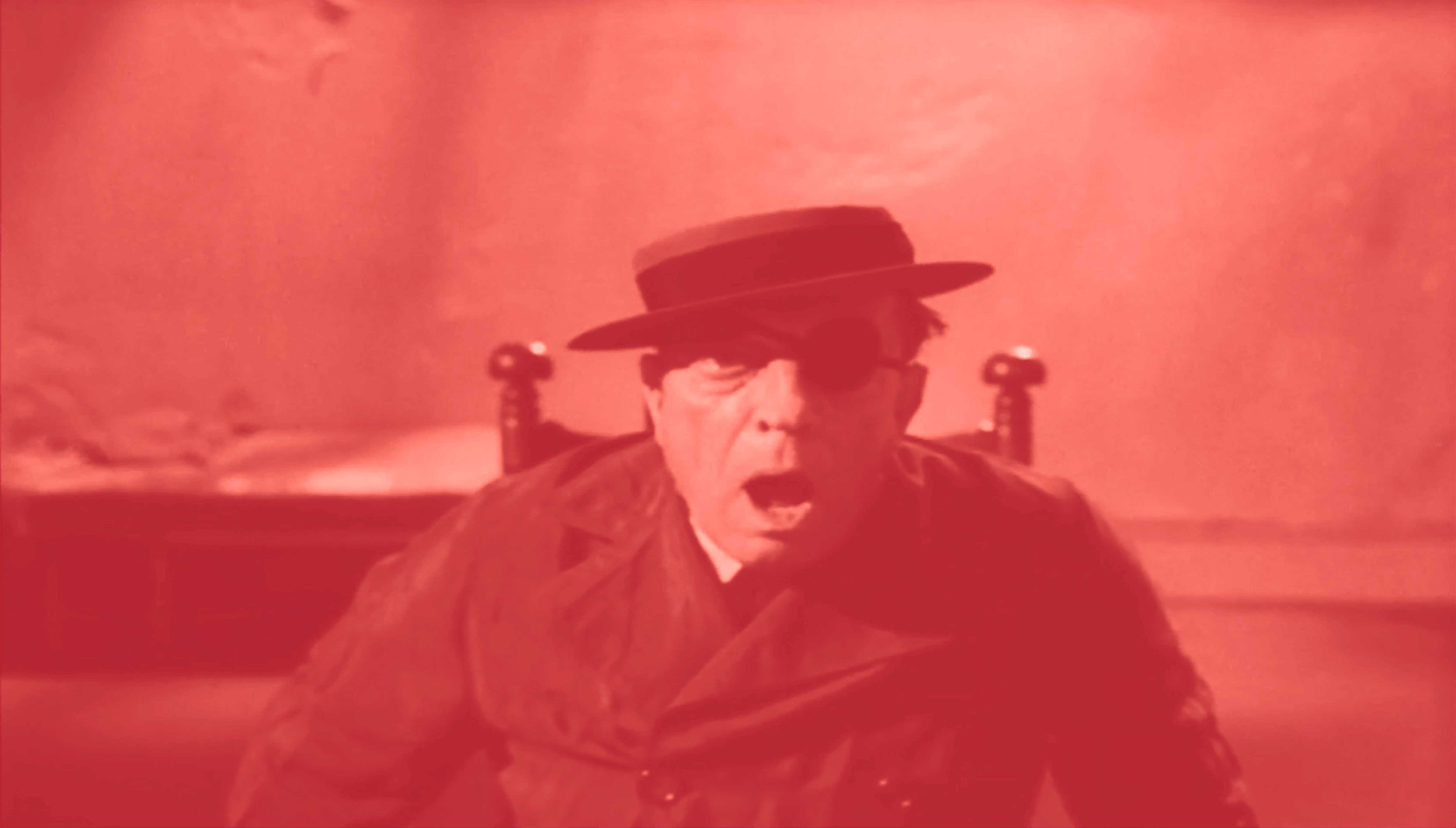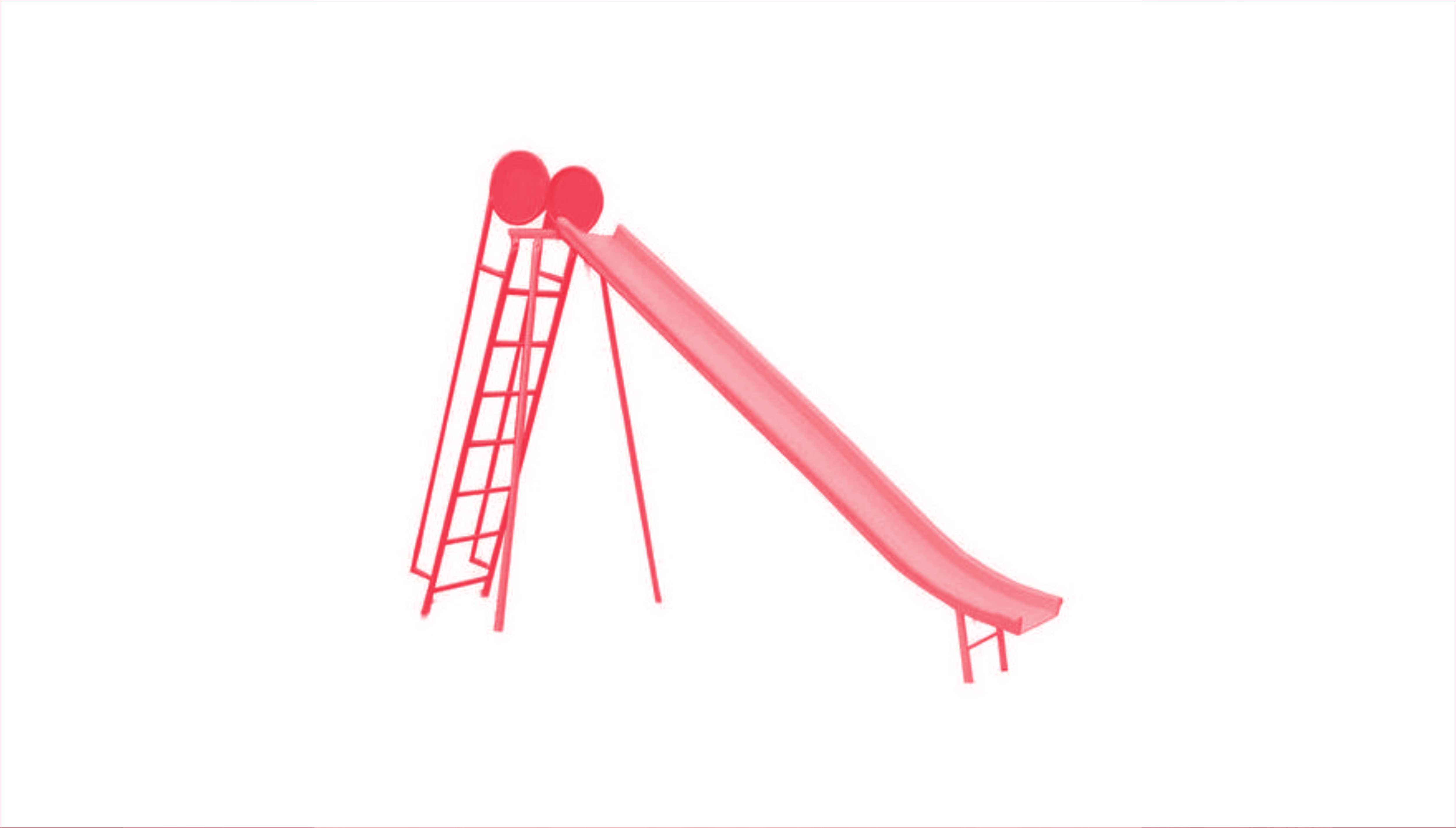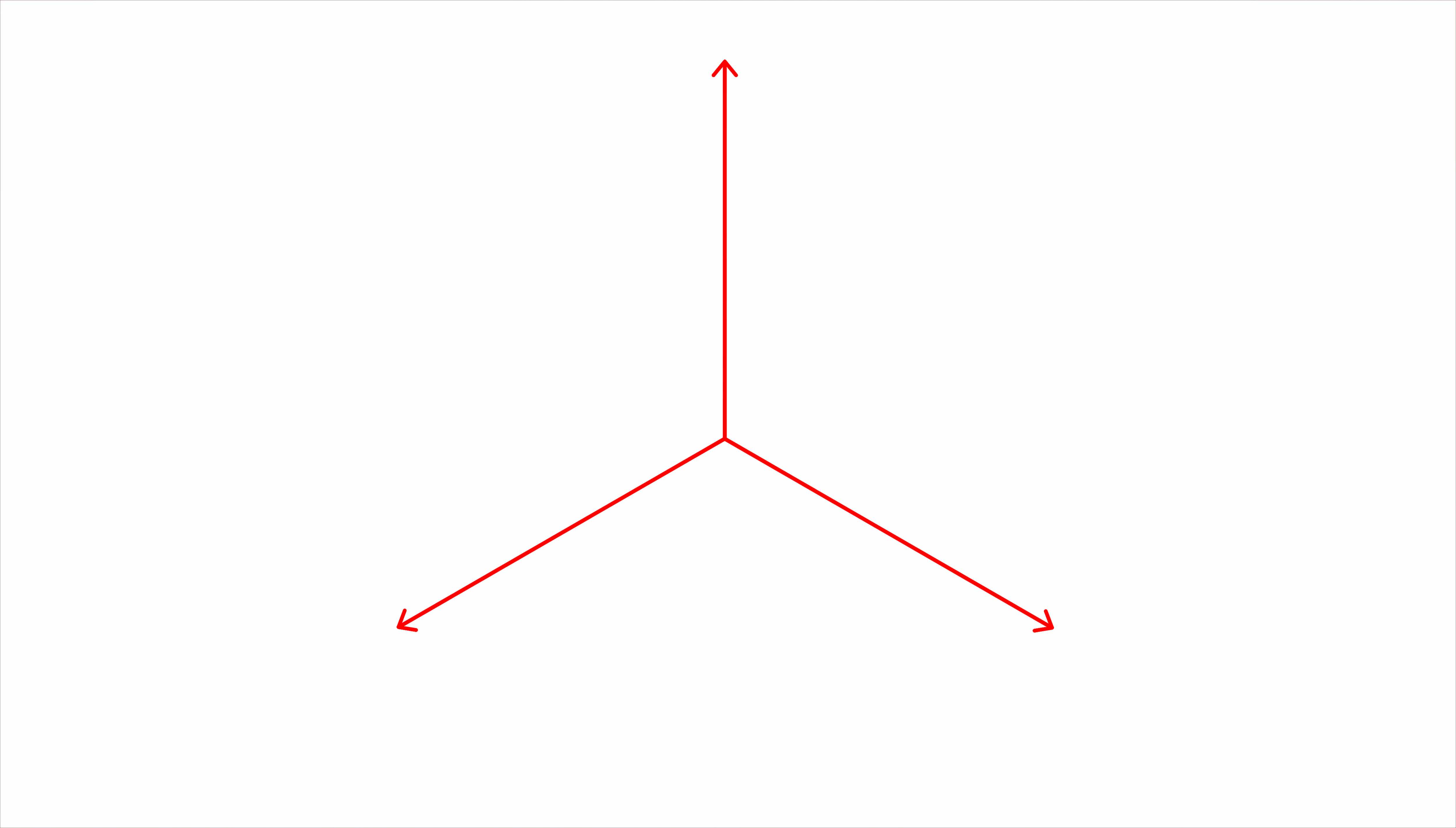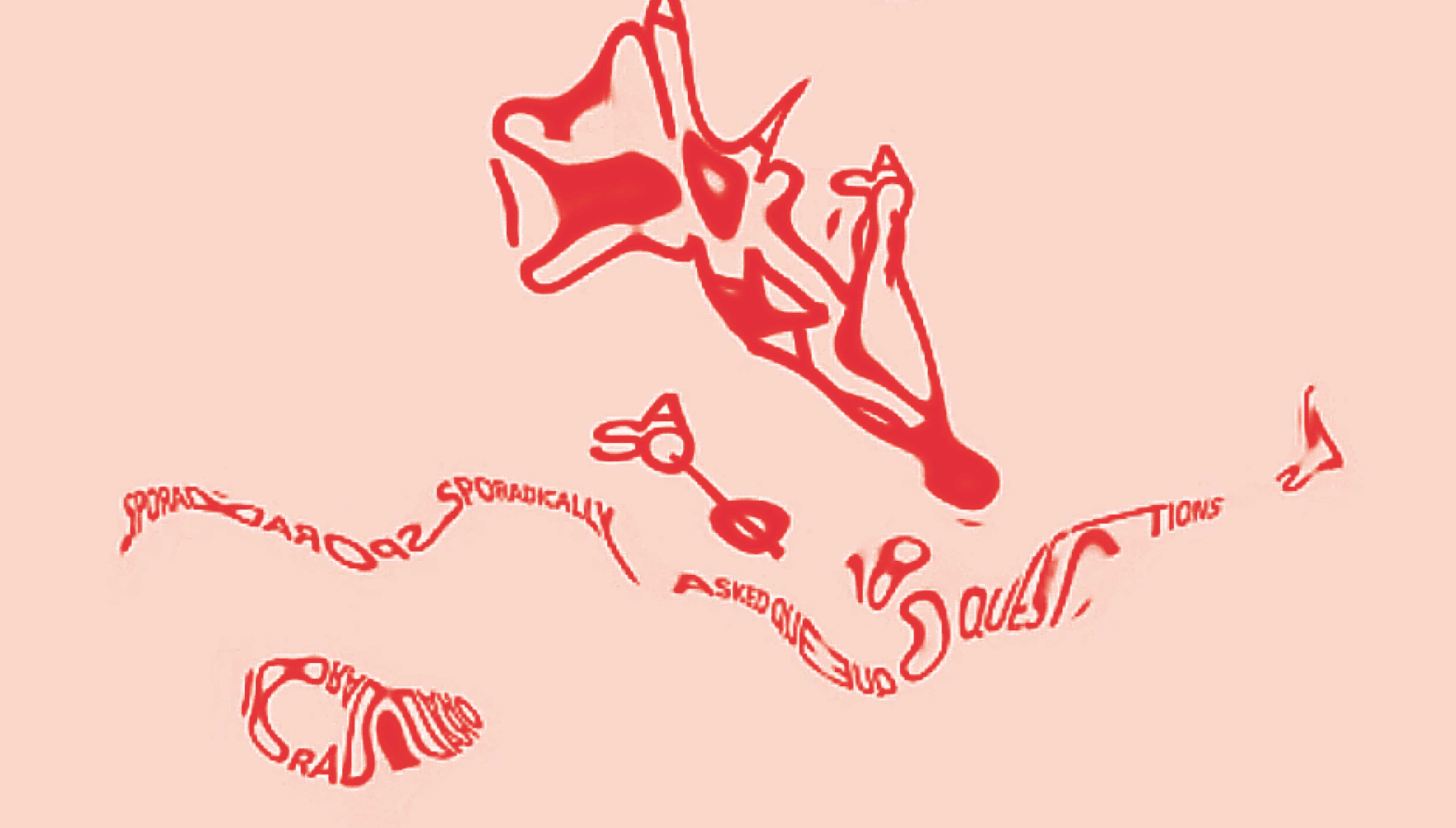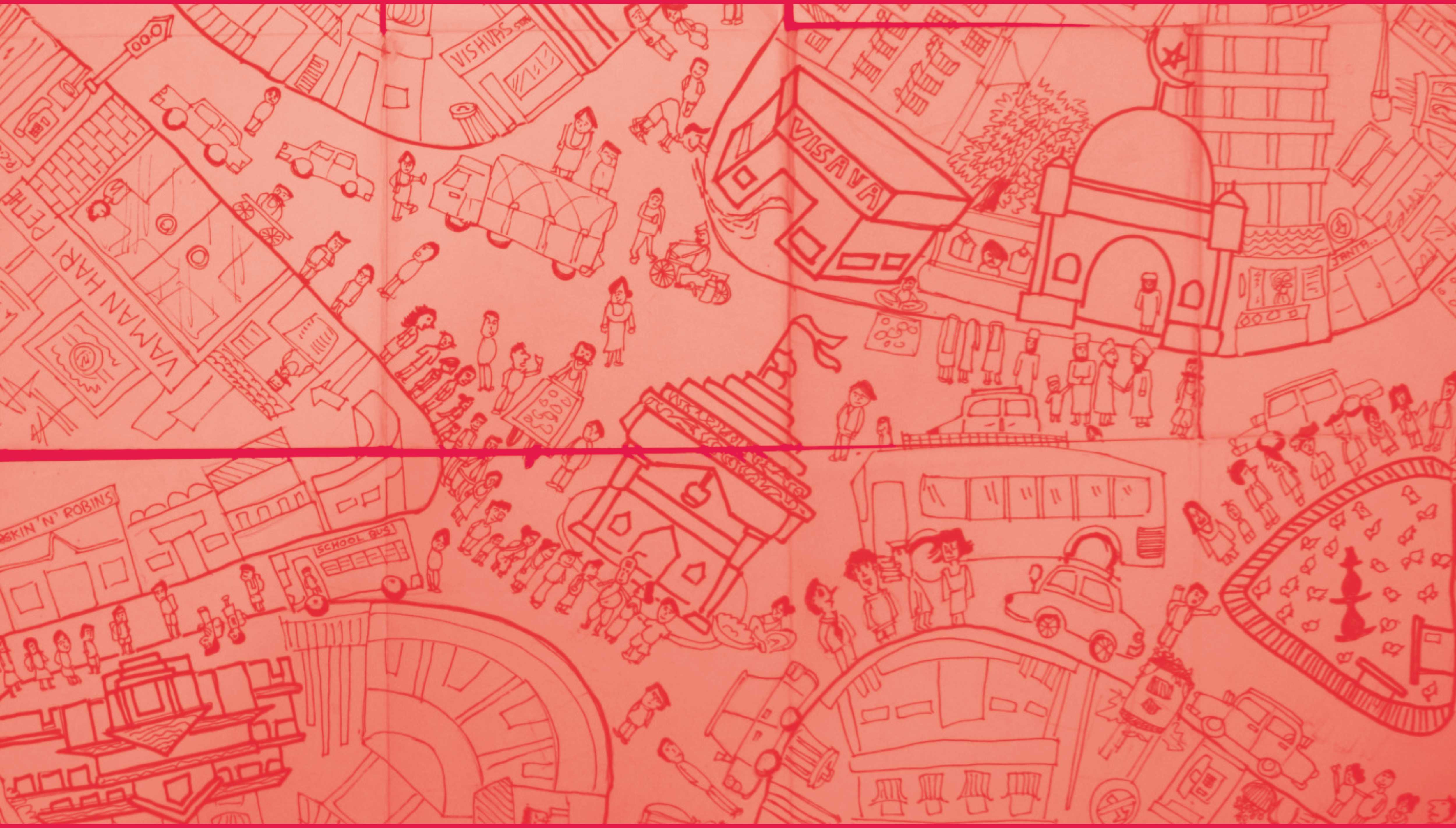Staging a Schizoid performance
[2016]︎︎︎ Bachelor’s Thesis and Dissertation Project - Academy of Architecture
︎︎︎ Thesis Guide: Rohit Shinkre
︎︎︎Subject of Research:
Schizophrenia and the Schizoid condition of the society in today’s hyper mediated capitalist cultural milieu:
Schizophrenia is a condition of the mind that is characterized by a split from reality and generally exhibits symptoms such as delusions or hallucinations. This condition occurs as result of a glitch in the information moving from the senses to the mind, resulting in a distorted perception. Such a mind has a fragmented experience and thus a disordered and disjunct understanding of the actual. In the case of a patient having schizophrenia, the glitch is present in the cerebral setup and the neurotransmitter pathways that transmit information to the brain. Similarly, there exists a glitch in the information flows that we deal with on an everyday basis, thus the environment we live in today lands up simulating a schizoid experience to each one of us, making our condition analogous to that of a schizoid. Since we live in a hyper mediated and a highly technocratic context surrounded by gadgets and devices, we are continuously bombarded with highly simulated information at insane rates and speeds. Fredric Jameson states in ‘Post Modernism and Consumer Society’ (1983); Schizophrenic experience is an experience of isolated, disconnected, discontinuous material signifiers, which fail to link up into a coherent sequence. The schizophrenic thus does not know personal identity in our sense, since our feeling of identity depends on our sense of the persistence of the “I” and the “me” over time. Likewise, in today’s times, we witness an explosion of information resulting in our inability to cope with it and process that information. Schizophrenia is nothing but this lag which is created when the human mind is not able to cope up with what is thrown towards it. This lag is prominent through the disjunction that exists in almost every aspect of today’s society which is characterized by fragmentation, and chaos. There is a breakdown of all forms of orders that exist in the society, the language, identity, meanings and realities. It is realized that all these are just mere concepts and social constructs we cannot help but create in order to align our sense of self in the society.
This is where capitalism intervenes, by attacking our human tendency to naturally align ourselves to concepts like reality, language, identity and normality. Capitalism creates these concepts then, so as to control us through them. It manipulates and deludes us by establishing a fictional but a spectacular idea of reality, based on capitalist agendas, making everyone align themselves to it.
In this situation, the schizoid’s inability to make sense of what is thrown at him, instead works as his strength, as he remains unaffected by the capitalistic codes imposed upon him. Like a rebel he deviates away from them. But this deviation is considered to be illegitimate or abnormal and is excluded out of the society as it does not abide by the capitalist established idea of ‘normal’. Hence, Schizoid behavior is always associated with being an abnormality or a disorder, just because the ‘normal’ cannot control it. Just like how a psychiatric ward imposes the idea of ‘normal’ on the schizoid, making him/her sick, turning into a silent and psychologically unproductive autist; the capitalistic societal codes violently impose themselves on every individual turning them into passive consumers. The act of non-conformity, of breaking and scrambling these imposed codes like a schizoid, deviating and expressing individuality that lies out of the normalized system, is what I am terming as a ‘schizoid performance'. With this theoretical base being the dissertation, my thesis started with mapping the actual physical manifestations of the capitalist crystallizations and schizophrenic behavior in the city, and later intervening within such scenario.
︎︎︎ Topic of Research:
The role and relevance of architecture and
nature of built environment in today’s schizoid culture.
As Ludwig Mies van der Rohe quotes, ‘Architecture is the will of the epoch translated into space.’ So if there is a fragmentation in the socio-cultural systems, then it is ought to reflect in the built environment. The architecture and building industry in the society works on a capitalist logic which is in no way sensitive to or coherent with the needs of the immediate context. So we see standardized matchbox housing schemes, extensive townships, crisp glass buildings, huge megamalls and centralized commercial districts which are all examples of the top down planning method, contaminated with capitalist flows. This kind of architecture has an arboreal tree-like structure. Meaning it has defined entry and exit points, strict boundaries, a strong hierarchy, a defined center, a sense or periphery/margins, etc. Thus making it a very rigid striated structure. This structure limits the transactional capacities of the space, and does not allow any connection that might break through the strict scheme of structure. In order to break through this kind of a rigid structure, one can look at Rhizomatic ginger like structures, which have no single entry or exit points, no boundaries, no hierarchy, and no defined center. Such a structure allows more porosity, area for exchange and avenues for performances to take place.
Two exercises were carried out on an urban level to map these structures. First being the 'situationist’ method of psychological ‘drift’ by Guy Debord which was employed to study the Rhizomatic psycho geography of the city. It prescribes that, one must wander in the city like a flaneur, and just observe the society. The observations gathered over four such ‘drifts’ were mainly regarding the extensive informal character of the city, which was apparent from how small shops and chai tapris are set up in strategic locations, the compact one square foot shop sprouting wherever possible, footpaths being encroached by hawkers and vendors, cessed buildings adopting functions completely different from their original purpose, and chawls getting personalized despite the standard layouts. Such establishments emerge and disappear, expand and fold, in a seemingly random pattern of underlying order. All these jhols and jugaads is what constitutes the informality of the city. The informal or the schizophrenic breaks and decodes the formal codes imposed upon to create Rhizomatic connections. This is what Michel de Certeau calls as a tactical approach, a way of creatively dealing with the top down strategies. Almost 80% of the city is informal. Informality is the reality of the city, but still like schizophrenia it is seen as illegitimate, and is excluded. The second exercise was to make a lexicon of a site of capitalist arboreal manifestation (a list of all the component and elements that constitute it, the ideologies and realities which revolve around it) and for this, a shopping mall - a symbol and the epitome of consumerist society was selected.
The thesis was narrowed down to ‘Prime mall’ situated in Vile Parle, a suburb of Mumbai and the surrounding Irla and Alpha market. This arboreal structure of the mall failed to respond to the highly dense, informal and Rhizomatic context, and the brands moved out as a result of dwindling footfalls. The massive enclosed glass box with its compartmentalized architecture designed for centralized air conditioning now lies dead and unused. Over the years, only up to 20% of it, has been encroached and taken over by the informal market in its context, while the remaining structure stands redundant. The mall has been converted into a co-operative housing society which is run by the shop owners of the mall and it encourages more entrepreneurs to rent the empty shops and start using the infrastructure of the mall, but the rigid architecture of it restricts and does not allow for that to happen. This mall just like our ideas of language and identity has become redundant, but still it is there; limiting the possibility of something else to take over.
︎︎︎ Hypothesis statement:
In a schizoid environment, architecture instead of organizing or creating order, must take up the role of subverting all the rigidities and linearities of thought, breaking down the crystallizations which act as overpowering arboreal structures in the society, and facilitate production of marginal spaces that allow for a schizoid performance.
Architecture, for a schizoid culture needs to adapt to a new perspective towards building, such as; Architecture instead of constructing rigid forms of orders, must just build frameworks allowing self-organized order to emerge by itself. Instead of Top down method of planning, there must be a Bottoms up organic approach that creates Rhizomatic structures, rather than arborescent models. There must be Smooth spaces instead of striated, a decoded language instead of coded, with the focus being on the process instead of product. The architecture instead of a homogenous box that is a Being, must become a heterogeneous organism that is always a Becoming. The project was always envisioned on two scales, the urban socio-political scale, and the mental psychological state of an individual.
︎︎︎ The Project:
The intervention to be phased out in 4 stages:
Fragmentation:
This includes multiple ways of breaking down and puncturing the rigid box thatthe mall is, a literal deconstruction of the structure creating a fragmented aesthetic reflecting the chaotic context by making the structure porous and softening its rigid boundaries. The Punctured holes, broken walls and slabs, would allow the entry of some light and ventilation inthe mall with failed centralized AC system. The informal market outside can now parasitically capture the skeleton of the ruptured mall.Facilitating framework:
This intention of this stage was to lubricate and accelerate the process self-organization of the informal in the mall by reconfiguring the circulation & making thestructure easily accessible. And adding essential services and programs that would assist in the formulation of various programs and activities in the structure and assure their sustenance.Disjunction:
The 3rd phase was about intentionally creating seemingly idiosyncratic situations by bringing together contradictory functions, cross-programming and trans-programming, constructing absurd follies with alienating ambiguous language but simultaneously having a familiar point of alignment, a point of reference from the collective memory. Such disjunctions provide avenues for new possibilities and create a provocative psychological state that makes one actively engagement in mentally performing, by trying to make sense out of them.The Final Architectural gesture:
This fourth phase is about creating a narrative for the consumer. To delude every visitor into a fake entrance by creating a spectacular façade and make him/her pass through the mall in a glass tube travellator making him observe the fragmented aesthetic of it and the schizoid performances of the informal sector inside the formal architecture of the mall. After showing this spectacle, finally bringing and leaving him/her on a stage, installed with follies, surround by spectators, a stage where he is now expected to perform.The brutal act of destroying the structure, a sort of Anti-Architecture or ‘Anarchitecture’, ends up turning the capitalist mall into an asylum, for the schizo-refugees seeking shelter from their oppressive manipulative society. This act of benevolent violence, aims to instead of constructinga spectacular Utopia, facilitating a Heterotopia, as Michel Foucault calls it, a marginal space for the voiceless to construct identity.











